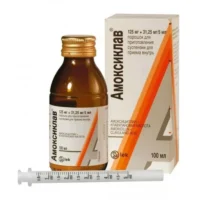Description
Loraxim (Cefotaxime) Powder 1000 mg – Vial
Ingredients
- Active Ingredient: Cefotaxime 1000 mg
Dosage
- Dosage: The usual adult dose ranges from 1 to 2 grams every 4 to 8 hours, depending on the severity of the infection.
Indications
- Indications: Loraxim (Cefotaxime) is used to treat bacterial infections caused by susceptible microorganisms.
Contraindications
- Contraindications: Avoid Loraxim if you have a known allergy to Cefotaxime or other cephalosporin antibiotics.
Directions
- Directions: Loraxim is administered via intravenous or intramuscular injection. Adhere to the healthcare provider’s instructions.
Scientific Evidence
- Pharmacological Effects: Cefotaxime inhibits bacterial cell wall synthesis, leading to bacterial cell death. It exhibits effectiveness against a broad spectrum of bacteria.
- Clinical Trials: Clinical studies demonstrate Loraxim’s efficacy in treating respiratory tract, urinary tract, and skin infections, highlighting its clinical value as a broad-spectrum antibiotic.
Additional Information
- Safety: Complete the full treatment course with Loraxim as prescribed to ensure complete infection resolution and prevent antibiotic resistance.
- Storage: Keep Loraxim vials at room temperature, shielded from moisture and heat.





